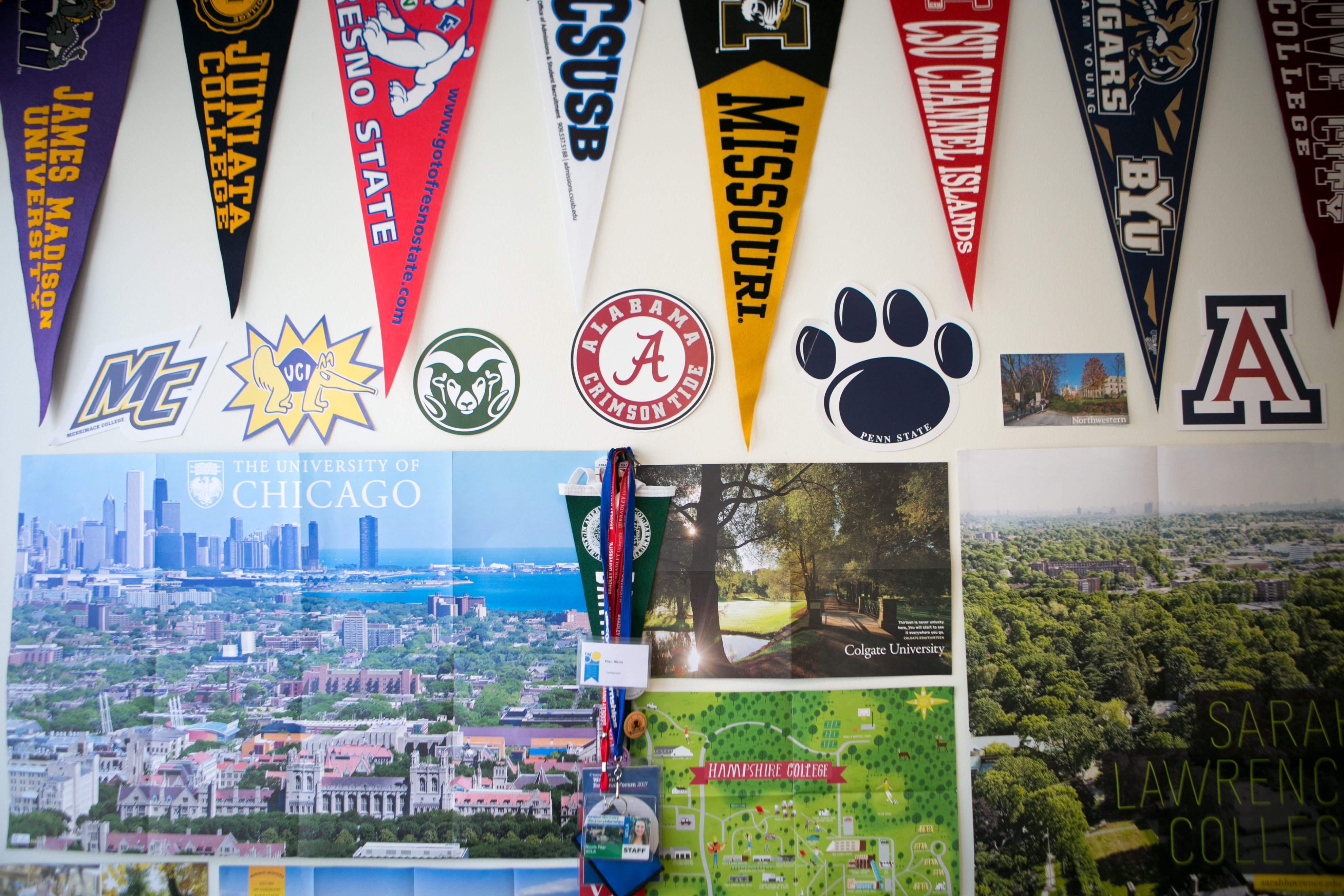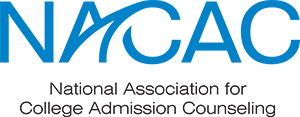In the last two years, colleges have continued to adapt their policies for on-campus visits. We've seen a rise in virtual visits and ebbs and flows of the traditional on-campus visit. We address both types of visit below, but as with everything these days, make sure to confirm with each college if they are open to in-person visitors at the time of your planned visit. As of January 2022, most colleges seem to remain open for on-campus tours (though most stay outdoors and avoid going into buildings). We highly encourage reserving places in advance if you're planning any spring break tours, as it's a busy time of year for visits.
What is a college visit?
The "college visit" has evolved in recent years. With the rise of virtual tours, info sessions, and college classes, there's a lot students can do from home that, once upon a time, could only be done with an in-person visit. If you're likely staying closer to home in the coming months, there's plenty to do virtually to learn about campuses, and you can read more on that here. We also strongly encourage students to do some introspection and college research from home before launching into an in-person visit because it makes visits more effective (and fun).
But once you've done that initial research and you've decided you can and do want to see some schools in person, it's then helpful to understand what you're planning a college visit for. College visits serve three important purposes:
- They help you better understand colleges in general (we call this browsing)
- They help you decide if you want to apply to a school
- They help you decide if you want to attend a school
Browsing typically takes place when students are younger – perhaps a school you stop at during a family road trip or a school close to home. This is often for students who haven't started thinking a lot about colleges. While these visits can be a fun entrée to the college journey, they often aren't as effective without a good set of questions or sense of self. Students may leave knowing a college has a rock-climbing wall but without a sense of if that's important to them. We recommend using in-person visits (especially if you're seeing more than one school) as a more focused experience, when a student can really understand what questions those visits will answer. Things like, "what does it feel like to go to school in the middle of a city" or "how much do students interact with each other?" are examples of great questions that a visit can help answer (and more great visit questions in this blog post).
And that's when we break this down into two big categories: visits when you're deciding where to apply and visits where you're deciding to attend. It helps to pause and confirm which type of visit you're planning because what you choose to do will need to either answer: do I like this school enough to apply, or do I like this school enough to commit to attend for the coming years?
Types of in-person college visits
The first thing to know is that a college visit gets to be what you make of it: no two visits need to look alike. But we’ll break down the different types of visits and experiences you can have, and you can decide what style of visit is right for you.
Tours & info sessions
The majority of the time, families will head to the admissions office on campus, go on a tour, and attend an information session. In total, the tour and info session can be anywhere between two and three hours. Generally, we recommend doing the tour, but the info session may be repetitive based on your current research. The tour is generally led by a current student, and while they represent some students, it’s important to remember they don’t represent all students on campus.
Non-traditional campus visit suggestions
If the information session and tour combo doesn’t work as well for you or your schedule, these are some ideas for non-traditional visits that can be just as helpful in deciding on a college fit. Each campus will differ on what they allow prospective families to do (especially for current safety concerns), so make sure to check in with the admissions office before crashing a classroom or the dining hall. Note: Most colleges are currently not allowing students into buildings, so some of these may be best done in the summer or when restrictions may have loosened.
- Sit in on a lecture hall style class to see what a big class really feels like
- Grab lunch in the dining hall and (ever so tactfully) people watch
- Walk through the student union and look at flyers & clubs advertised – there’s a lot you can glean about what’s abuzz on campus
- Have a picnic on the campus lawn – most schools have a center thoroughfare that’s excellent for watching students go by or catching a Frisbee
- Attend a concert or presentation – many schools host events that are free and open to the public; check the calendar in advance to see if anyone interesting is coming to town
- Stroll the local neighborhood – whether you’re surrounded mostly by trees or a quaint downtown scene, it’s helpful to get a feel for what your college neighborhood would be
- Pick up a school newspaper to see what students are talking about
- Start a conversation with a staff member or student – you’d be surprised how many members of the community are eager to talk about their own experiences on campus
- Go to a sporting event – if you’re in town during a big rivalry game, get some tickets and scope out what it would be like to be a student there – and remember to wear the right team colors!
No matter where you go, it’s still important to check in with the admissions office, as they oftentimes have helpful self-guided walking tour booklets, lists of classes open to prospective students, or an eager current student who might want to chat about social life on campus. And, all colleges will take note that you visited, so it’s important to let them know you were there.
About Us: With more than twenty years of experience, Collegewise counselors and tutors are at the forefront of the ever-evolving admissions landscape. Our work has always centered on you: the student. And just like we’ve always done, we look for ways for you to be your best self - whether it’s in the classroom, in your applications or in the right-fit college environment. Our range of tools include counseling, test prep, academic tutoring, and essay management, all with the support of our proprietary platform, leading to a 4x higher than average admissions rates.






.png)
